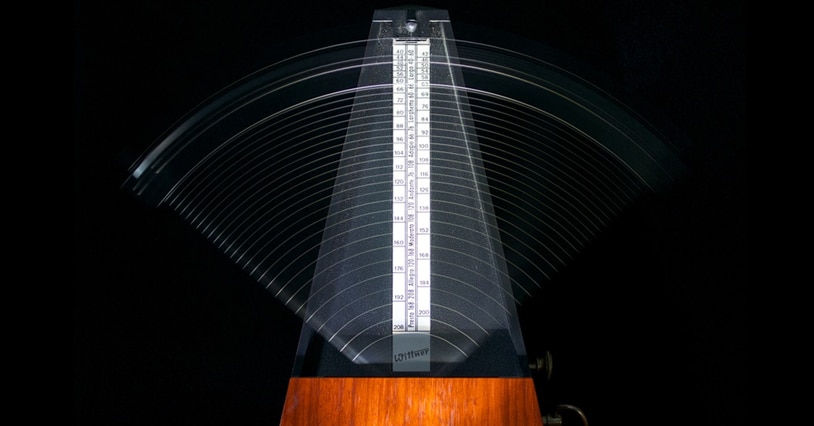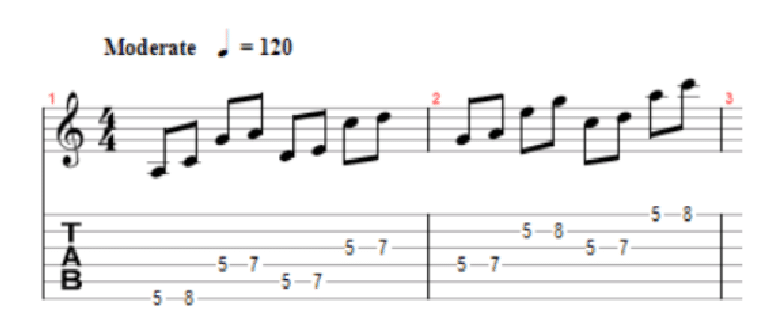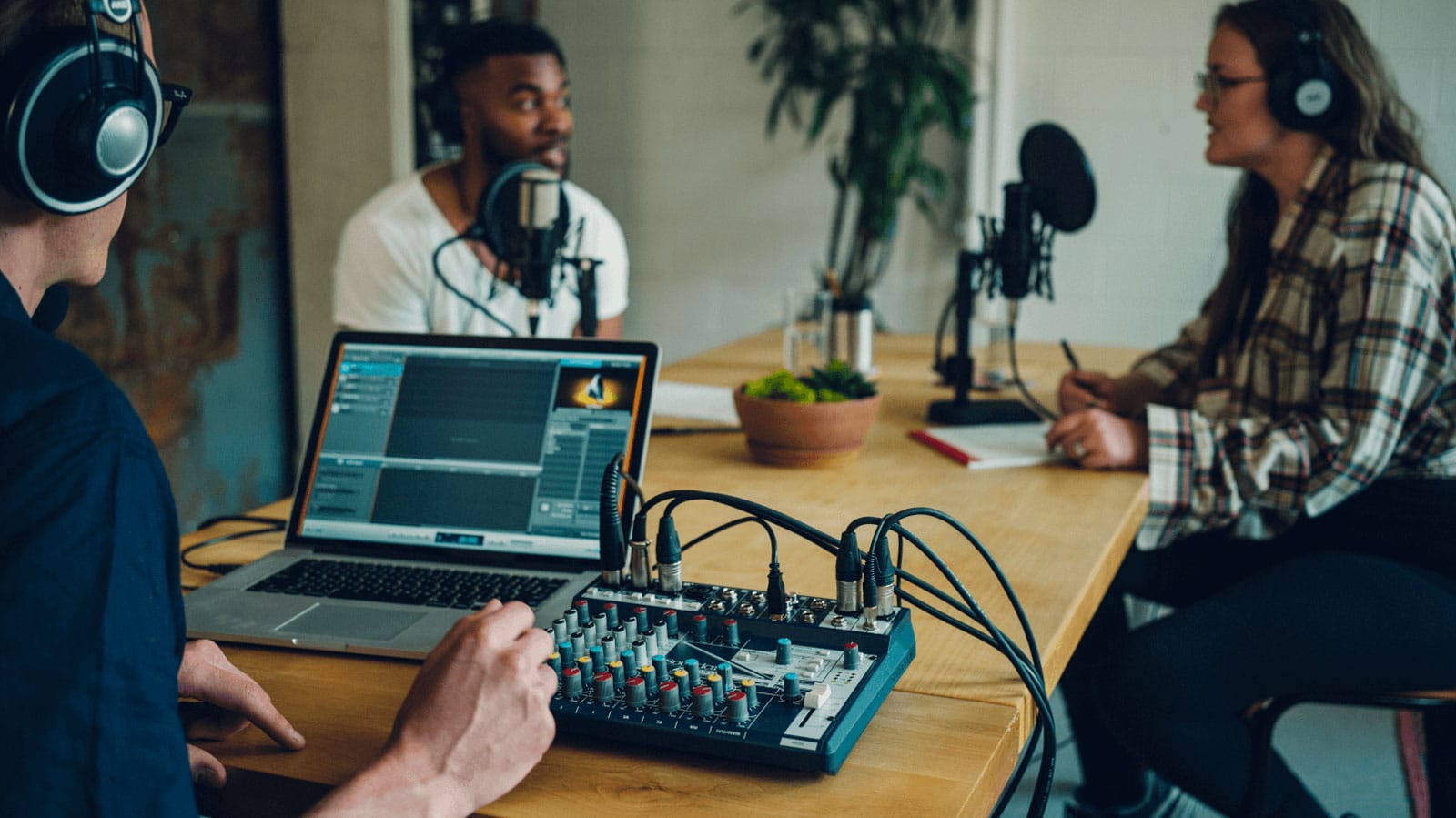
As a musician, a metronome is one of the essential tools in your practising arsenal. To be frank, if you are not regularly practising with a metronome, you aren’t taking your music very seriously.
Metronomes are like the best friend who tells you that those jeans look ridiculous on you; sure, you might not want to hear it, but it’s the truth none the less. It doesn’t matter if you play the ukulele, the drums, a piano, or even the triangle, you need to use a metronome.
Free Metronome
“But metronomes are expensive!”
Sure, they can be expensive if you want to use an old-school mechanical one like the one your granny had on her piano. But, the digital options are not only cheaper, but they’re also more convenient to carry around.
Additionally, if you have a smartphone, there are numerous free apps available for Android and IOS. Don’t want to use your phone or don’t have one? Then you still don’t have an excuse, since Google has a free metronome you can use. Just Google the word “metronome “, and it’ll come up first in the search results.
So now that there’s no excuse for you not to have access to a metronome, there is no reason why you shouldn’t be using one to practice.
DON'T MISS OUT! GET MORE LIKE IT SENT TO YOUR INBOX
with our weekly email newsletter.
Learning to Use a Metronome
We get it, learning a new way to practice can be tricky, especially if you’ve never encountered it before.
Take control of your playing, and start working on the exercises below. It will be hard at first, but you’ll get it in no time. And if you’re still struggling, why not give one of our in-store teachers a call, and one of them can help you get your timing on point.
Exercise 1: Clap Along to the Beat
As Julie Andrews said in the sound of music, “Let’s start at the very beginning”. When it comes to working with a metronome, the first thing we want to learn is how to clap along.
Put the metronome onto a slow tempo, something around 60bpm will do. Now, everything the metronome clicks, you clap. It is imperative that you clap on the beat. At first, you’ll either be before (rushing) or after (dragging) the metronome, but with time and work you’ll get there.
Exercise 2: Play Paradiddles
When people think about paradiddles, they think about drummers. But, any musician can and should learn to play paradiddles. Go buy yourself a pair of drum sticks and a practice pad, and learn to play paradiddles. By doing so, you can improve your timing and overall ability on your instrument.
A paradiddle, in case you’re unfamiliar with the term, is a type of drumming rudiment. In this content, rudiment means both “basic” and “fundamental”. So, while the rudiments are the first thing most drummers learn, they are also something that they will carry with them for the rest of their drumming lives.
The word Paradiddle is a pneumonic device to help you count the pattern. The usual sequence for a paradiddle goes* R-L-R-R followed by L-R-L-L. As you say, each of the syllables in the word, you would play a stroke.
So your pattern would go PAR- (right-hand stroke) A – (left-hand stroke) DI – (right-hand stroke) DLE (right-hand stroke). You would then repeat the pattern, but you would start with a left-hand stroke.
The double stoke at the end of the pattern is called the diddle.
Here is a full lesson we wrote on how to play paradiddles, with a few examples of how to play them.
DON'T MISS OUT! GET MORE LIKE IT SENT TO YOUR INBOX
with our weekly email newsletter.
Exercise 3: Scales
If you’re not a drummer, paradiddles will only help you so much. To improve, you must also play on your instrument. However, running scales can be tedious. So, what can we do to make it more fun?
First, ensure that you can run the scales perfectly on time – if you are dragging or rushing, then you need first to perfect the basics. You can’t build a house on a weak foundation.
Next, try to run the scales in a non-linear pattern. Check out the scales below. Can you see how the scale ascends and descends after every few notes? Exercises like these will keep your metronome work from becoming stale.



Exercise 4: Record Yourself
We can develop a listening bias, where what we hear isn’t what we are playing; this can be detrimental to your overall development. So, to combat your bias, the best thing you can do is record yourself.
There are a lot of options when it comes to recording yourself; ranging from using your phone to building a mini home studio.
When you record yourself, make sure that you are either recording to a click track or that the metronome is clear and audible in your recording. The idea is to have honest feedback – so if you can’t hear the click or metronome in the recording, you won’t get as much benefit from the exercise.








